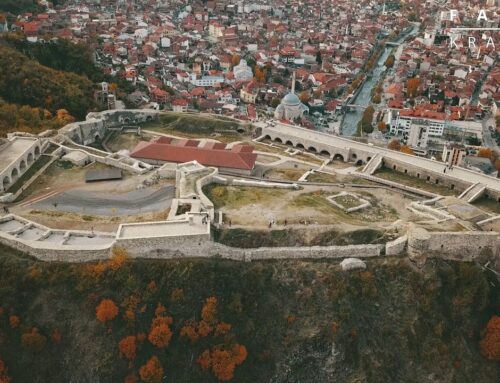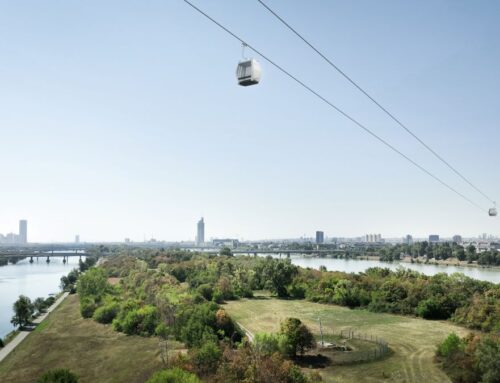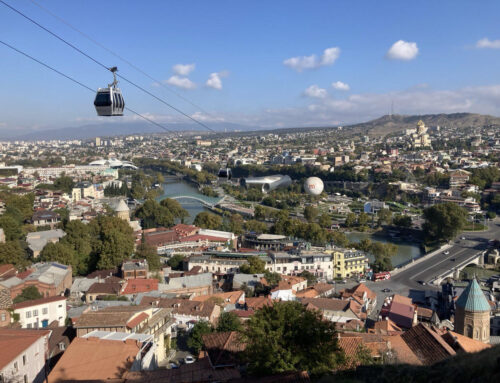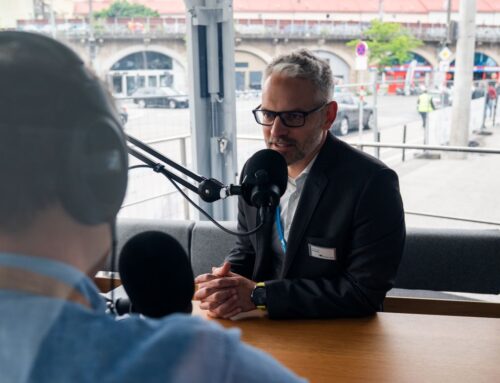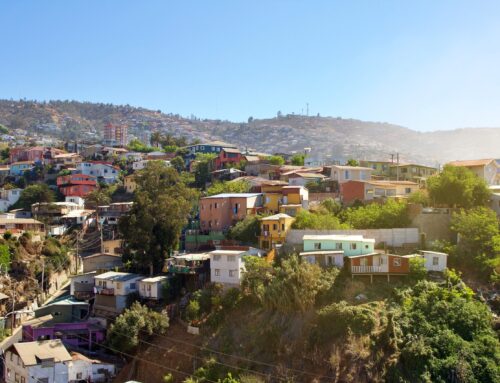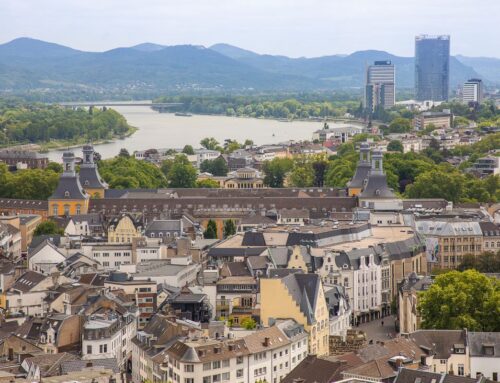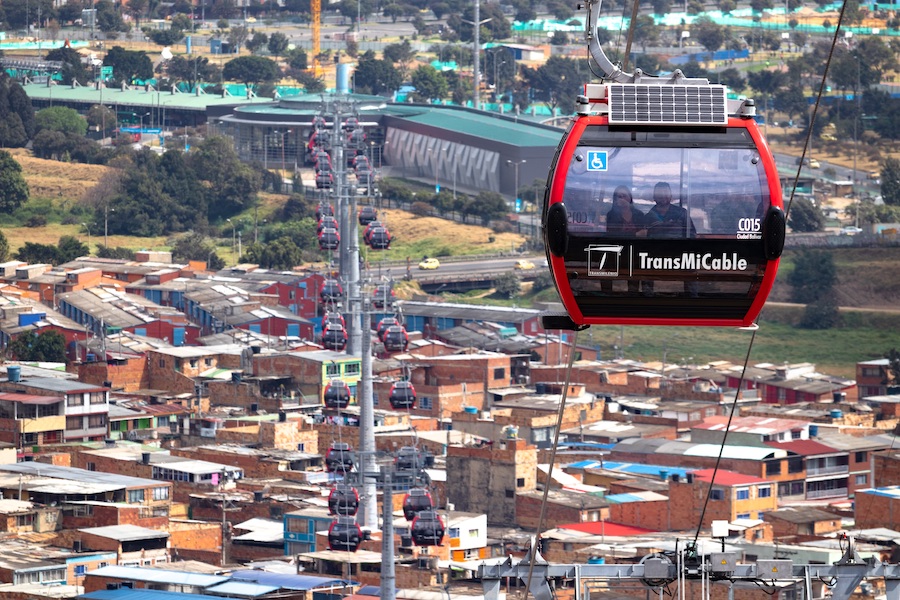
Cities, SI Urban 2/2023
Success factors on the rope: Why some cable car projects fail
The researchers first looked at the two cities themselves to understand why the “Transmicable“ cable car was realized in Bogotá, while the “Linbanan“ cable car in Gothenburg was not.
City comparison
As evident from the facts, Bogotá and Gothenburg are two very different cities. Bogotá has a population 14 times larger and a population density 7 times higher than Gothenburg. Gothenburg is wealthier than Bogotá, and the wealth gap in Bogotá is much larger.
The cable car in Bogotá
The “TransMiCable“ in Bogotá aims to strengthen public transportation. It starts from Mirador del Paraíso, a district on a mountain that is otherwise poorly connected and characterized by informal settlements. The cable car then goes down to the Manitas, Juan Pablo, and Tunal stations, where passengers can transfer to Bogotá‘s TransMilenio bus system.
The cable car extends the transportation network by an additional 3.34 kilometers to the south. “TransMiCable“ has 24 support pillars and operates with 163 cabins. It has a capacity of 3,600 people per hour and realistically transports 25,000 people per day.
The cable car in Gothenburg
The planned cable car in Gothenburg aimed to reduce car traffic and emissions, shorten commuting times, and test new transportation solutions. The “Linbanan“ cable car would have started at Järntorget, crossed the Göta älv river, and stopped at Lindholmen, near the university and science park.
Additionally, the cable car aimed to provide access to the recreational area of Västra Ramberget and end at the Wieselgrensplatsen mobility hub. The cable car would have been integrated into an existing transportation network and required six support pillars for its three-kilometer length.
Comparison of the cable cars
Both cities were planning a cable car line, but with different intentions and in different circumstances. However, with a length of around three kilometres and with four stations, the technical specifications were similar. The urban cable car system in Bogotá links the poor, steep outskirts of the city to a hub for connections to the city centre.
In Gothenburg, two busy, central locations that are currently separated by a river would have been directly connected to reduce the commute time. One big difference lies in the design of the cable car systems: Bogotá opted for a standard design and a standard solution, whereas Gothenburg developed a unique design of stations and pillars.
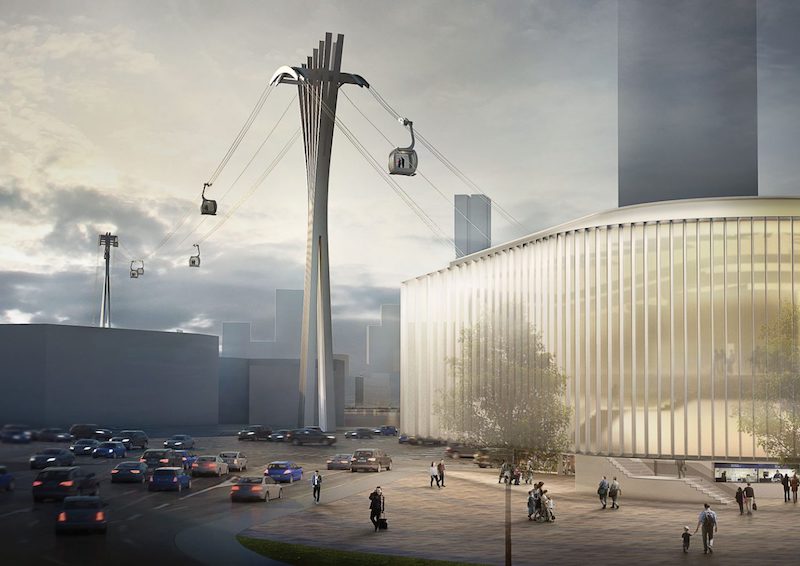
The cable car in Gothenburg was never realised. Photo:forlivochrorelse.se
Comparison of processes
The process in Gothenburg was prolonged, allowing the public several opportunities for input. In Bogotá, the cable car was viewed as a necessity, leading the government to involve the public less in the process.
A significant difference lies in the design of the systems: Bogotá opted for a standard design and a standardized solution, whereas Gothenburg developed a unique design for stations and pillars.
Evaluation of the Bogotá cable car
Despite ongoing criticism regarding the construction of the “TransMiCable,“ the study found that the system was successful. The goals of strengthening public transportation and connecting the area to the city center were achieved.
The integration of the cable car into the transportation network works very well, significantly improving the quality of life for passengers. The target demographic includes less affluent individuals and locals rather than primarily tourists.
Evaluation of the Gothenburg project
In contrast, the “Linbanan“ cable car in Gothenburg did not achieve its goals. Citizens rejected the project, stating that it would not significantly improve their daily lives and would come at unreasonable costs.
As a result, social aspects of the project were not met. Despite this, the individually designed cable car support pillars would have enriched the landscape, according to TU Vienna.
However, integrating the cable car into the public transportation network would have been challenging. The target demographic would have been quite different from that of Bogotá, with wealthier passengers and more tourists than locals.
Conclusion from TU Vienna
So, why was an urban cable car realized in Bogotá but not in Gothenburg? In Bogotá, the benefits were clear: The cable car extended the existing transportation network and significantly improved the lives of locals.
In Gothenburg, the benefits of the cable car were primarily related to touristic interest. Citizens saw the cable car as a prestige project, which is why the “Linbanan“ was never realized.
